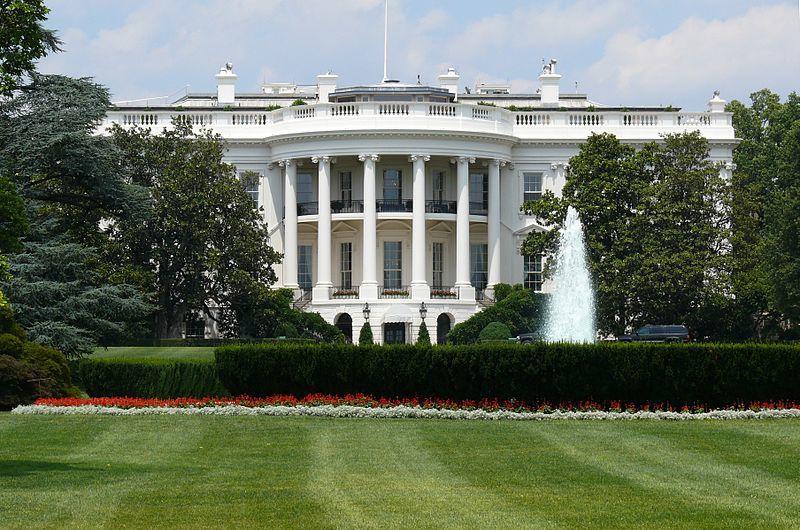On Jan. 25, 2019, the White House Office of the Press Secretary released a statement saying that the President of the United States, Donald Trump, signed a law regarding the ending of the 35-day government shutdown. “H.J. Res. 28, the ‘Further Additional Continuing Appropriations Act, 2019,’ includes a short-term continuing resolution that provides fiscal year 2019 appropriations through February 15, 2019, for continuing projects and activities of the Federal Government included in the remaining seven appropriations bills. Also included in the enrolled bill are provisions regarding retroactive pay and reimbursement and extensions of certain authorities.”
One duty of the Legislative Branch is that each fiscal year they are required to pass the government spending budgets for all the different federal agencies and programs. The Committee for a Responsible Federal Budget wrote on their website, “Every year, Congress must pass and the President must sign budget legislation for the next fiscal year (FY), consisting of 12 appropriations bills, one for each Appropriations subcommittee.” Because Congress was able to sign five of the bills into place, the government only partially shut down; but the partial shutdown still affected 800,000 federal workers. So, where does the country stand now?
In short, furloughed employees will get their paychecks. Passed by Congress on Jan. 11, “On Wednesday, January 16, 2019, the President signed into law: S. 24, the ‘Government Employee Fair Treatment Act of 2019,” which requires the compensation of government employees for wages lost, work performed, or leave used during a lapse in appropriations that begins on or after December 22, 2018, and entitles excepted employees to use leave during a lapse in appropriations.’ ” This law requires the government to give furloughed employees back pay and guarantees that the people who worked without pay will receive paychecks for their time. The ‘Government Employee Fair Treatment Act of 2019’ is in effect for this shutdown and will be for future shutdowns as well.
As Feb. 15 draws near, President Trump is still insistent on his border wall. He stated in a video from the first day that the government reopened, “So let me be very clear: We really have no choice but to build a powerful wall or steel barrier. If we don’t get a fair deal from Congress, the government will either shut down on February 15, again, or I will use the powers afforded to me under the laws and the Constitution of the United States to address this emergency. We will have great security.”
Some of President Trump’s supporters are flabbergasted at his “backing down.” Political commentator Ann Coulter said in a twitter post, “Good news for George Herbert Walker Bush: As of today [January 25], he is no longer the biggest wimp ever to serve as President of the United States.” Coulter was very disappointed with the news of no border wall but a “CBS News poll from mid-November found that a majority—59 percent of Americans—oppose building a wall along the U.S.-Mexico border.” On December 11, 2019, NPR (National Public Radio) News reported that, “not only do most Americans oppose risking a government shutdown over a wall, but more than two-thirds (69 percent) do not believe building a wall should even be an immediate priority for Congress. That includes half who do not believe it should be a priority at all.”
Despite the majority of American people not wanting a wall in the first place, the president still went through with the 35-day shutdown and only time shall tell if he will reinstate it once Feb. 15 rolls around.



















































